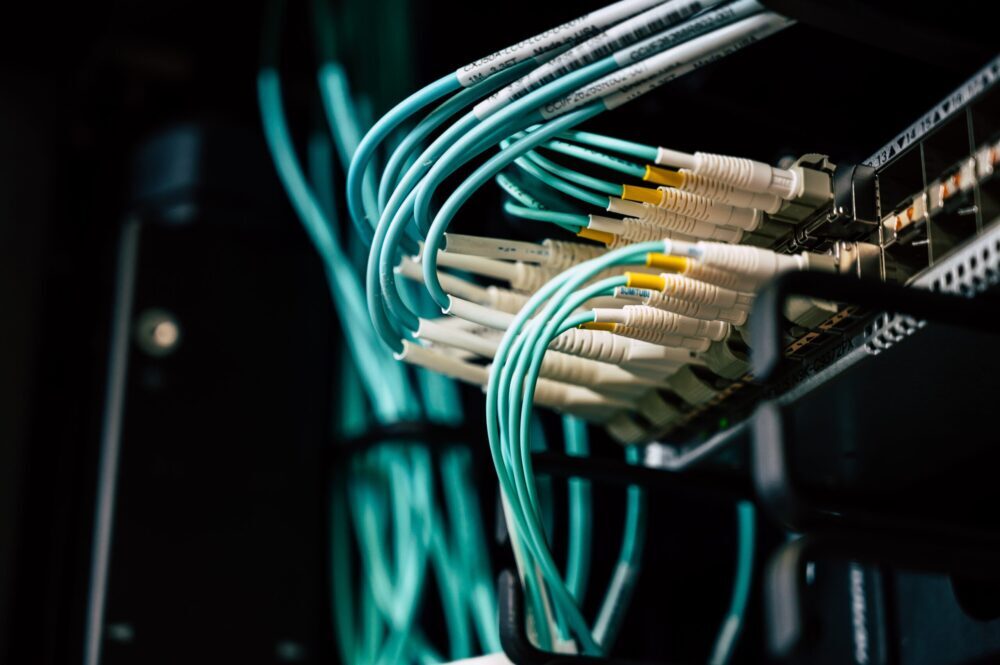
EPL vs. EVPL Ethernet Circuits
Ethernet circuits are widely used in modern networking, providing high-speed connectivity for businesses across the globe. Two common variations of Ethernet services are Ethernet Private Line (EPL) and Ethernet Virtual Private Line (EVPL). In this article, we delve into the dissimilarities between these two types of circuits, shedding light on their unique characteristics and helping you make informed decisions for your networking requirements.
What is an EPL?
Ethernet Private Line (EPL) is a dedicated point-to-point Ethernet connection between two locations. It offers a secure and reliable link with high bandwidth capacity, ensuring optimal performance for businesses that require exclusive connectivity. EPL connections are typically provisioned over fiber optic infrastructure and provide a layer 2 connection, allowing for seamless data transmission between geographically dispersed sites.
Understanding EVPL
Ethernet Virtual Private Line (EVPL) is a flexible and cost-effective Ethernet service that enables multiple sites to connect through a centralized shared network port. Each individual connection is segmented with its over 802.1q VLAN tag. This adds segmentation which is what makes EVPL circuits capable of providing secure, high-performance throughput while optimizing bandwidth usage and keeping costs down.
Differentiating Factors
a. Scalability:
EPL is designed for dedicated point-to-point connections, making it suitable for businesses with specific requirements for individual connections between locations. In contrast, EVPL offers scalability by allowing multiple sites to share a common network infrastructure, making it ideal for organizations that need to connect several branches or locations.
b. Cost Efficiency:
EVPL offers a more cost-effective solution, as it utilizes a shared network infrastructure, reducing the overall expenses associated with dedicated connections. On the other hand, EPL is tailored for businesses that prioritize exclusive connectivity, which can result in higher costs.
c. Flexibility:
EVPL provides greater flexibility in terms of adding or removing locations within the network, making it easier to accommodate changes in business needs. EPL, being a point-to-point connection, requires a more structured setup and may not be as adaptable to dynamic network changes.
Choosing the Right Option:
Selecting between EPL and EVPL depends on the specific requirements of your business. If you need dedicated, high-performance connections between individual locations, EPL is the preferred choice. However, if your organization seeks a cost-effective solution for connecting multiple sites while optimizing bandwidth, EVPL is a more suitable option. Of course Full Span Solutions is here to help evaluate your organization’s needs to determine the most appropriate Ethernet circuit for your business.
Conclusion:
In summary, EPL and EVPL Ethernet circuits offer distinct advantages for businesses seeking reliable, high-speed connectivity. Understanding the differences in scalability, cost efficiency, and flexibility will enable you to make an informed decision that aligns with your organization’s networking requirements.
You still have questions about EPL vs EVPL Ethernet circuits? Let’s get connected!
